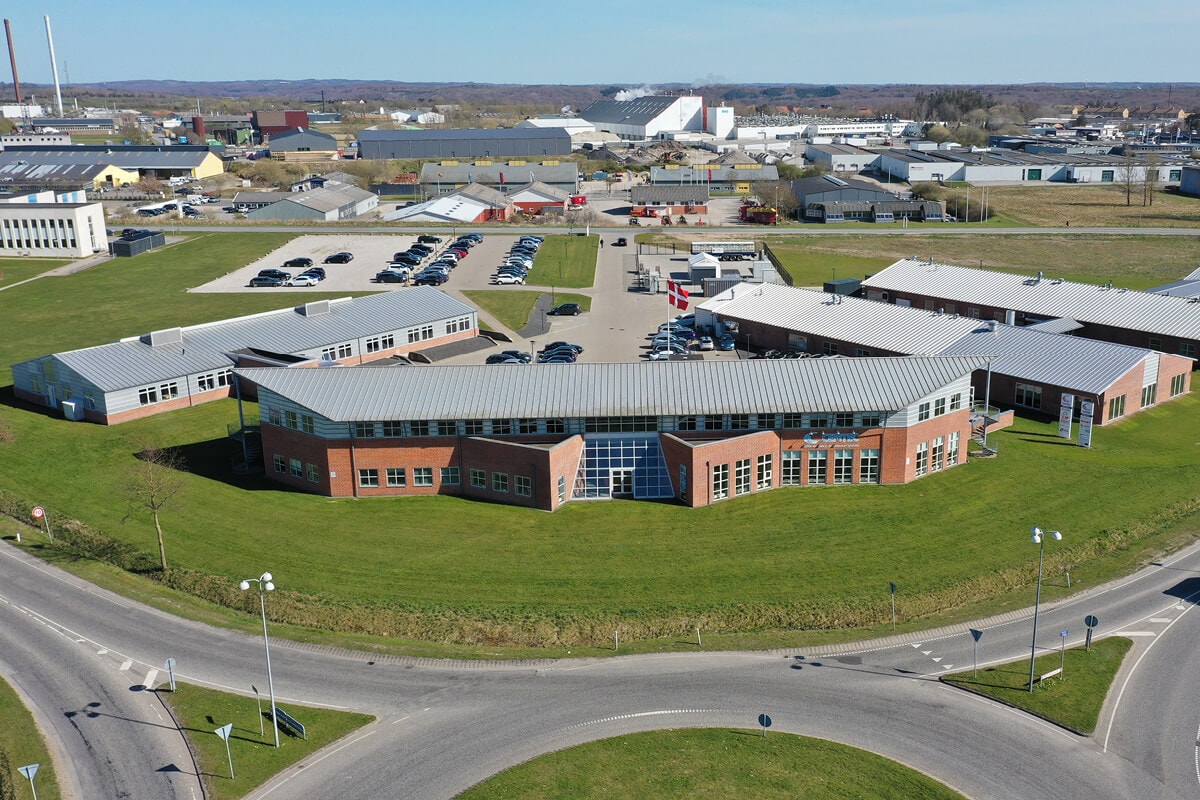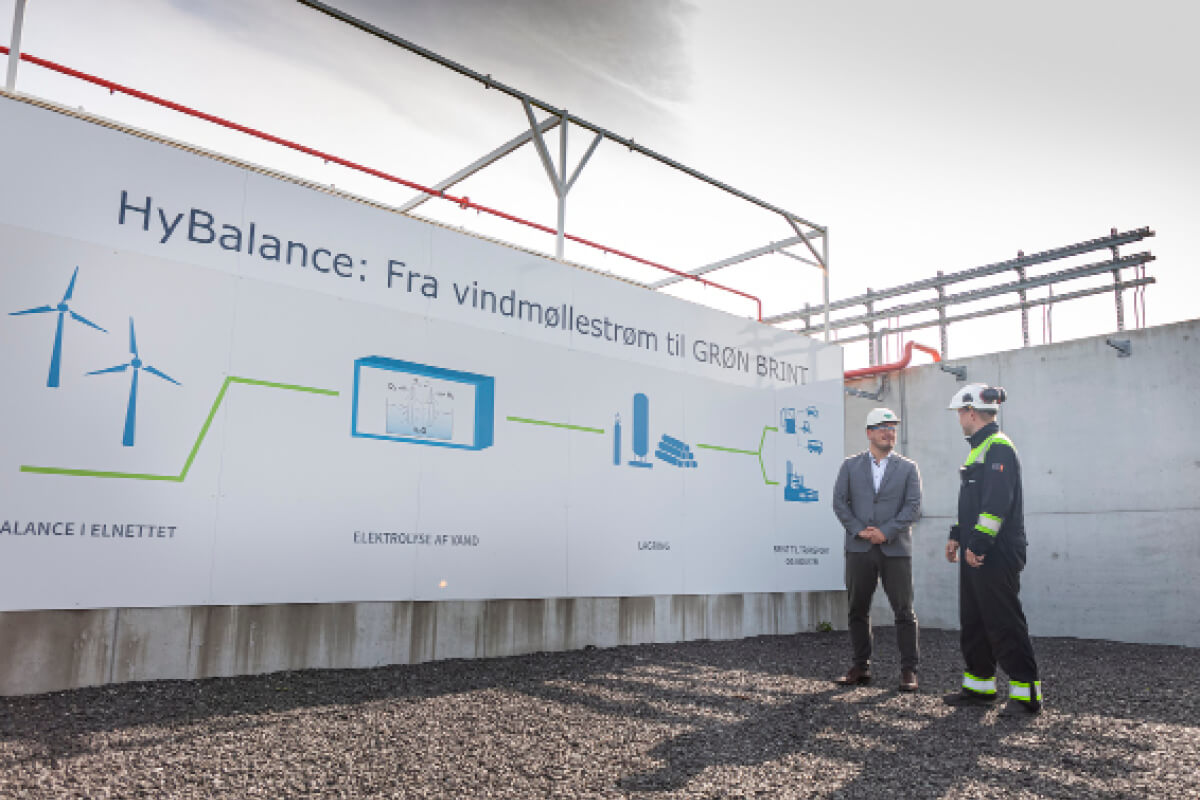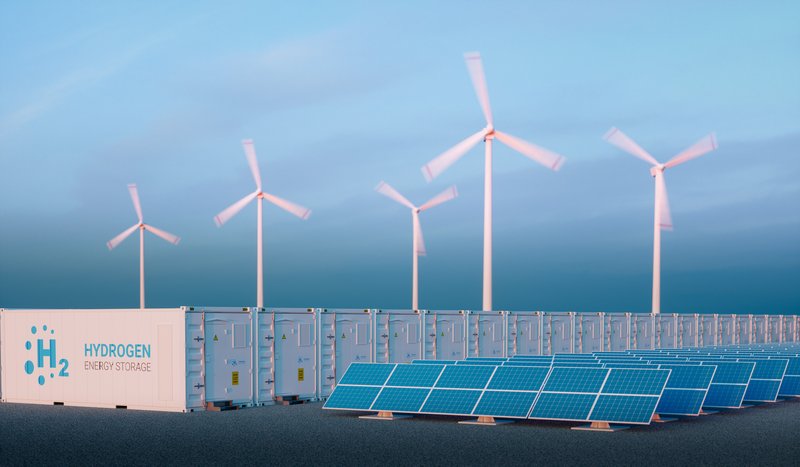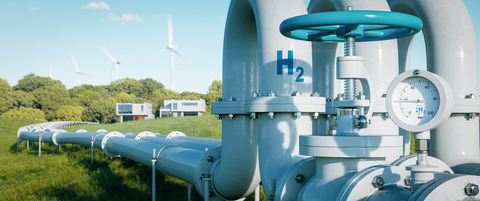Risk screening guarantees Hydrogen Valley overview of risks
Risk screening has prepared the project owner to better handle dialogue with authorities, client advisors and investors and has provided a valuable framework for further risk management of the project.
The non-profit organisation Hydrogen Valley, based in Hobro, Denmark, started to investigate the possibilities for establishing green hydrogen projects as early as 2007. Now they want to establish a Power-to-X test centre for hydrogen technology at their facility, where newly developed equipment for the Power-to-X industry can be tested.
They received help with the first risk management exercise and were given a list of inherent risks, which is a valuable tool here and now and for the future risk management of the project.
Risk screening identifies specific risks at Power-to-X test centre
Hydrogen Valley, a project development and consulting company and owner of a large business park in Hobro, is establishing a test centre, and in this connection, DBI and FORCE Technology performed a risk screening of the project at the earliest possible stage to clarify the risks that may be associated with establishing this test centre.
Specifically, the risk screening focused on the risk of an explosion in the primary gas pipeline carrying hydrogen into the test facility.
DBI and FORCE Technology have jointly drawn up a list of inherent risks based on many years of experience with failures and problems in similar industrial plants. The list includes about 70 items, divided into 7 basic categories, and specifically adapted to the upcoming project-specific conditions.
"The list of inherent risks is a very valuable tool that gave us a clear overview of significant risk issues at a very early stage in the process," says John Lindegård Kjær, Head of Business Development, Hydrogen Valley. "We received useful input from experts in the field, and +40 specific risks were identified that we need to follow up on," he continues.
Creating a strong and robust basis for risk management of the project and in future operations
Hydrogen Valley received the list of inherent risks as part of the risk screening. The list can be extended with input from the project's own experts, so that it becomes part of the risk culture. In this way, it is ensured that knowledge is transferred from one phase of the project to the next and ultimately becomes an effective tool for operational risk management.
"It is a great advantage for us to start as early as possible with risk work. Hopefully, we will avoid having to go back several steps and make changes to the project several times along the way. In the worst case, the project could be significantly delayed, or fail to deliver the expected functionality, if we do not incorporate the right risk understanding into the project in time," explains John Lindegård Kjær.
Overview of safety aspects prepares project owner
The short and efficient risk screening provides the project owner with a report that gives a 360-degree overview of the risk of the future installation.
"It has given me a strong foundation as a project owner which helps to bring safety into focus, and which can help me when I need to have the project approved by the authorities. But it is also a tool I can use when I need to collaborate with a client advisor, suppliers and other project participants," explains John Lindegård Kjær.
"I feel much better prepared to challenge them, and it also puts me in a stronger position when applying for funding for the project, since I have more in-depth knowledge of the risks that need to be incorporated into the project," concludes John Lindegård Kjær from Hydrogen Valley.
When the project to build the Power-to-X test centre is launched, it is important to introduce project risk management and thus work with risk on a daily basis.







